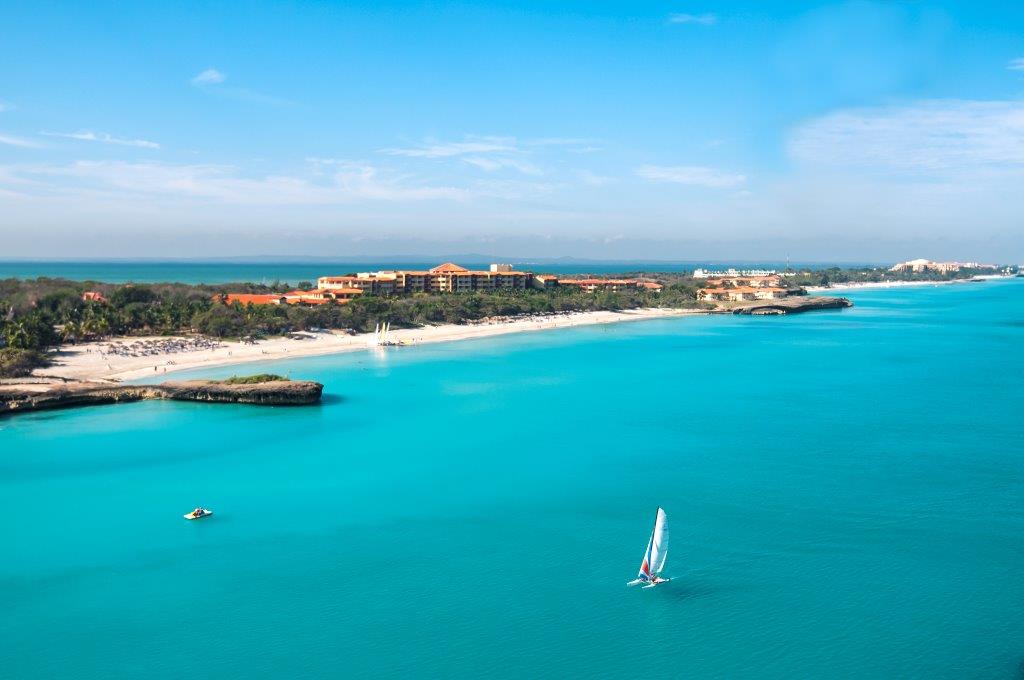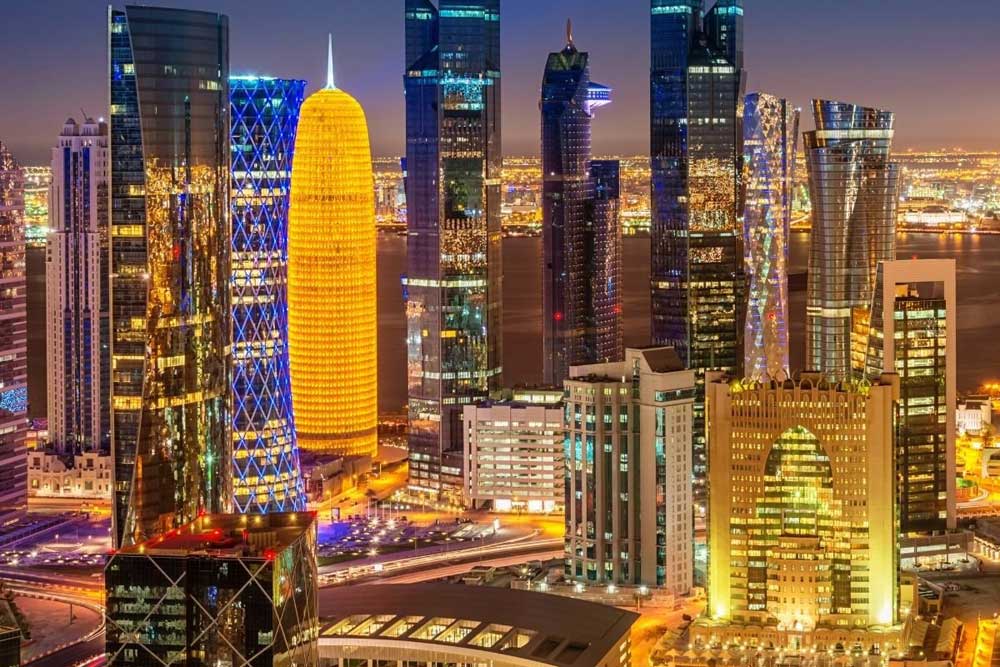[ad_1]
With questions on Cuba frequently directed at him, the Cuban Ambassador to Qatar writes on the places one should visit upon traveling to the charming island.
The Cuban archipelago covers a land area of 109,886.19 km2, of which 107,466.92 km2 make up the island of Cuba – the largest territory -, and 2,419.27 km2 the Isle of Youth and the rest of the surrounding cays.
Its coastline stretches along more than six thousand kilometers, boasting over 600 beaches. Its capital is Havana, located in the country’s western part.
The island is located in the Caribbean Sea and lies close to several countries such as the Bahamas, Haiti, the United States, Jamaica, Mexico and the Dominican Republic.
It has a tropical climate that alternates between rainy and dry periods, with a pleasant temperature that prevails most of the year, of which the average values range from 24 °C in the plains, to 26 °C and higher along the eastern coasts.
Cuban flora is extraordinarily rich in species, with some 11,000 species reported. Out of this, 6,300 species are endemic (slightly more than 50%), and of these, 4,500 are dicotyledonous plants.
The country features several mountain ranges, with the highest elevation at the eastern end – the Pico Turquino – rising some 1974 meters above sea level, and forming part of the Sierra Maestra, an emblematic place in history of Cuba. This area witnessed the main operations of the Rebel Army that, under the leadership of Fidel Castro Ruz, led the Cuban Revolution to its triumph on 1st January, 1959.
For those who wish to learn about Cuba’s rich history, several of the best destinations are located in eastern Cuba, in the provinces of Santiago de Cuba, Granma, Holguín, and Guantánamo.
There, you can visit, the place where Cuba’s national hero José Julián Martí Pérez died in combat, marked by an obelisk that stands in the town of Dos Ríos; in addition to the farm La Demajagua in Manzanillo, where the long road to Cuba’s independence began on October 10th, 1868, or the historic complex of Birán, the birthplace of brothers Fidel and Raúl Castro Ruz, which is now a national monument.
World Heritage Sites
Probably few people in Qatar are aware that Cuba is home to the highest number of World Heritage Sites declared by UNESCO in the insular Caribbean.
In total, there are nine cultural and natural heritage sites. The first of these is the Old Havana and its Fortifications system, which was inscribed in the list in 1982.
It is an area rich in historical and cultural treasures where Cubans and foreigners like to go. Visitors will find there, among other attractions, military fortifications built in past centuries or the famous Floridita restaurant and Ambos Mundos hotel, which owe much of their fame to the renowned American writer Ernest Hemingway, who was a regular at the former and used to live in the latter.
In 1988, UNESCO granted the same recognition to Trinidad and the Valle de los Ingenios, where you can experience a trip back to times gone by (16th to 19th centuries).
The buildings and streets are kept in the best style of their era, although the hostels, mostly privately owned, boast all the modern comforts. In the surrounding valley are preserved ruins of powerful sugar mills recalling the times when Cuba was the world’s biggest sugar exporter.
Seven other sites were listed in the following decade, namely: San Pedro de la Roca Castle in Santiago de Cuba (1997); Desembarco del Granma National Park (1999); Viñales Valley (1999); Archaeological Landscape of the First Coffee Plantations in the South-East of Cuba (2000); Alejandro de Humboldt National Park (2001); Urban Historic Center of Cienfuegos (2005); and Historic Centre of Camagüey (2008).
Visitors will find a variety of elements that distinguish the Cuban archipelago in all the sites aforementioned. Like the green landscapes, beautiful waterfalls, a history marked by national and foreign events, the imprint of immigration, and best of all – the hospitality and friendship of the Cuban people.
The Viñales Valley deserves special mention, a fascinating site with unique geological formations in the Caribbean.
The quality of this cultural landscape is enhanced by the vernacular architecture of its farms and villages, where a rich multi-cultural society survives, whose architecture, crafts and music illustrate the cultural development of Cuba and the islands of the Caribbean. It preserves traditional forms of agricultural work, particularly tobacco farming. So those who choose to visit the Valley will enjoy a mix of unforgettable experiences, including dishes of Cuban cuisine.
Viñales Valley
Everything written so far is just a summary of a few places to visit in Cuba. There are many other attractions which I refrain from mentioning in the interest of keeping this article short.
Those who like sun and sand should not miss the opportunity to dive into the transparent and beautiful waters of Varadero, one of the most famous beaches in the world located just 145 km away from Havana, which is approximately a two-hour drive.
Varadero
I would further recommend an iconic place of the last 63 years of Cuban history, the Revolution Square in Havana.
There, generations of Cubans have gathered for years to listen to Fidel Castro’s speeches and bear witness to their support for the Revolution.
There also, His Highness the Father Amir, Sheikh Hamad bin Khalifa Al Thani, delivered a moving farewell speech to his friend Fidel before a million people during the funeral of the leader of the Cuban Revolution.
I hope that this modest article may contribute to a greater exchange of visitors between Cuba and Qatar thereby consolidating the excellent relations of brotherhood between the two countries.
Mr. Oscar León González is the Ambassador of the Republic of Cuba to the State of Qatar.
[ad_2]
Source link

















Leave a Reply